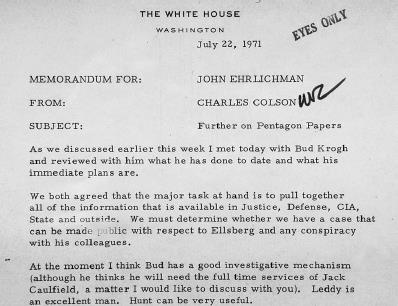The Burger Court (1969–86)Criminal Law and Procedure |
In what decision did the U.S. Supreme Court expand the rights of criminal defendants to a jury process free from discrimination? |
In Swain v. Alabama (1965), the Warren Court had ruled that removing jurors on the basis of race could constitute a violation of the Equal Protection Clause of the Fourteenth Amendment. However, the Court ruled that a criminal defendant would have to show a pattern of discriminatory jury strikes in case after case to establish a constitutional violation. This proved a nearly insurmountable hurdle for most defendants.
The Burger Court broke new ground in Batson v. Kentucky (1986) when it ruled that a criminal defendant could establish “purposeful discrimination … solely on evidence concerning the prosecutor’s exercise of peremptory challenges at the defendant’s trial.” A peremptory challenge means that a litigant can challenge (remove) a juror without providing a reason for the challenge.
The case involved the burglary trial of James Batson, an African American man. The prosecutor used his peremptory challenges to strike all four black persons in the jury pool. Batson’s attorneys argued that the prosecutor’s selective use of peremptories to strike African Americans violated Batson’s constitutional rights under the Sixth and Fourteenth Amendments.
A jury convicted Batson and rejected his constitutional challenges. The Supreme Court of Kentucky affirmed the conviction. On appeal, the U.S. Supreme Court reversed, finding that the trial judge should have made the prosecutor offer a race-neutral explanation for his striking of the four African American jury pool members. The Court established that if a defendant establishes a basic inference or showing of discrimination, the prosecutor must rebut that with a race-neutral explanation for his actions. If the prosecutor articulates a nonracial reason or his or her actions, the defendant must then establish that the prosecutor’s reason was pretexual or false.

